
- August 28, 2025·
What are the insurance issues impacting those in the final mile? And how can carriers manage risk? “Thinking Outside the Box” recently interviewed Bryan Paulozzi, Vice President, Risk Strategies, part of the Brown & Brown team, to get his take on the industry today and tomorrow. Bryan and his team…



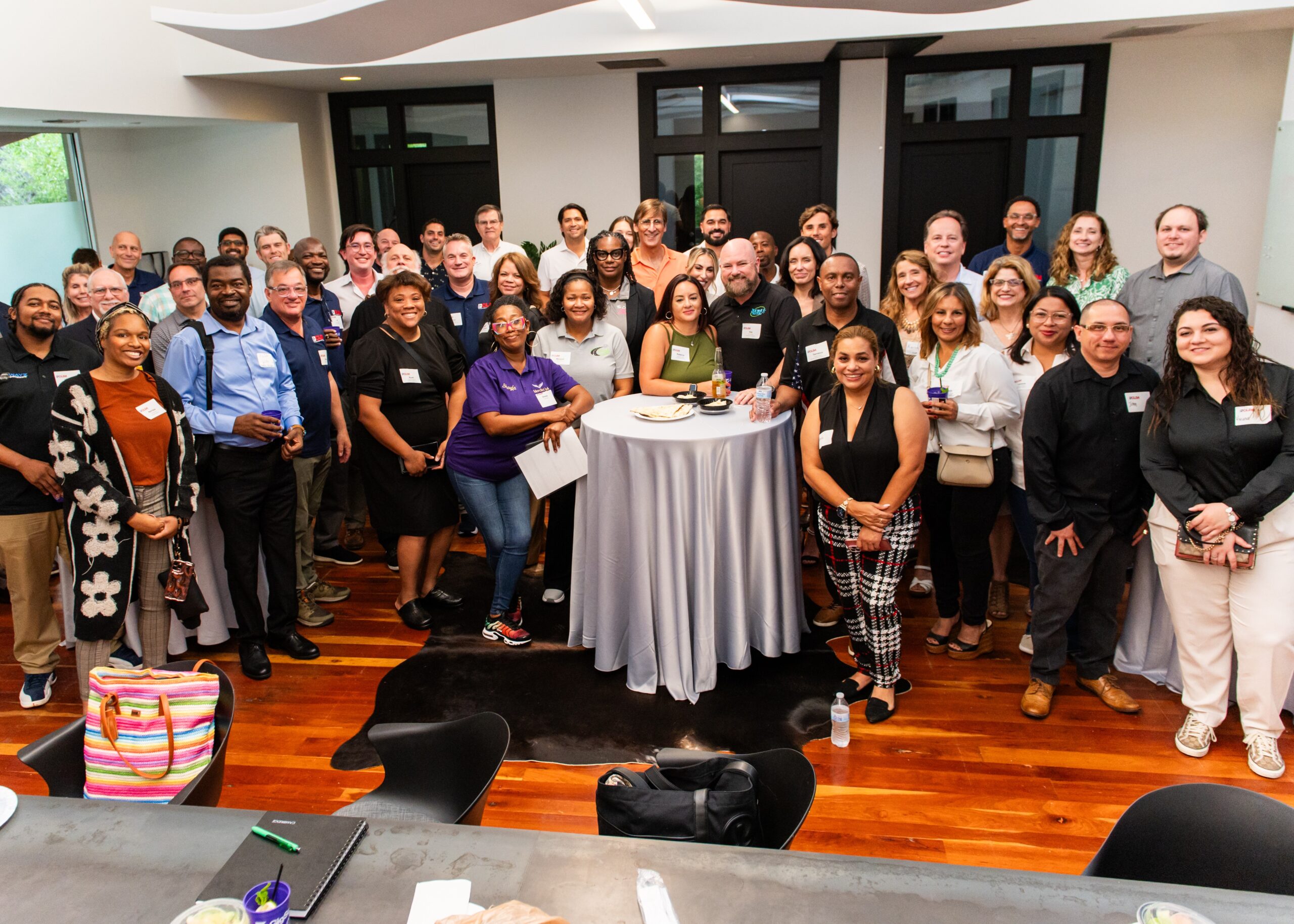
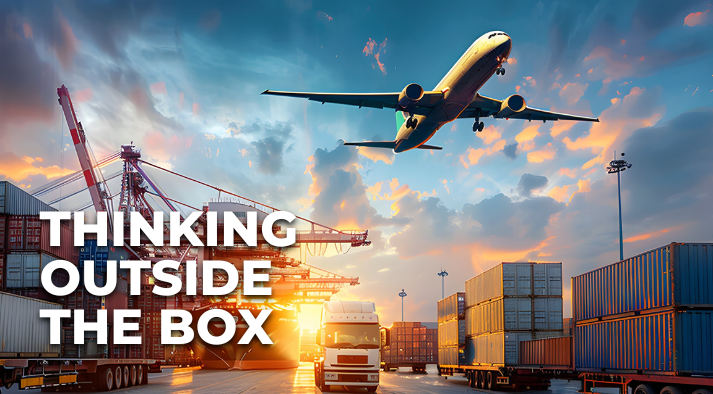
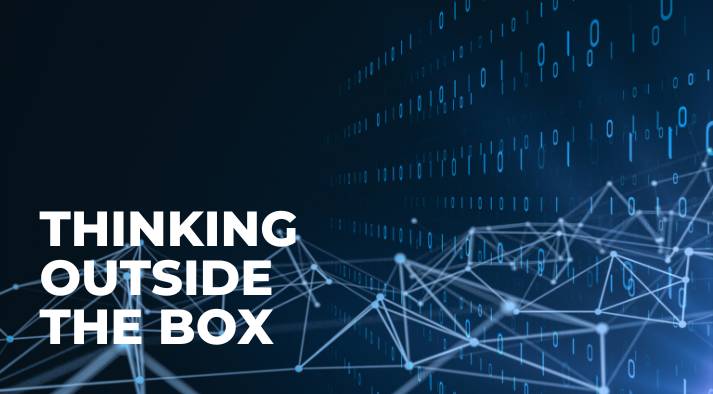
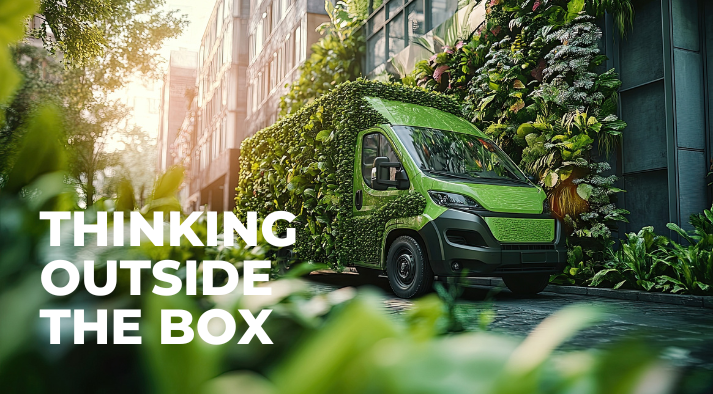
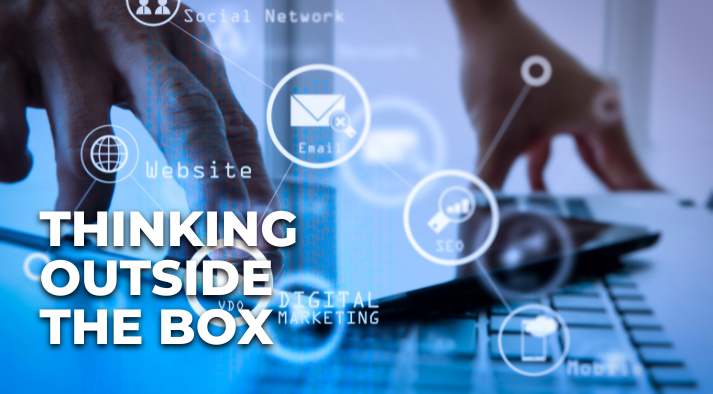

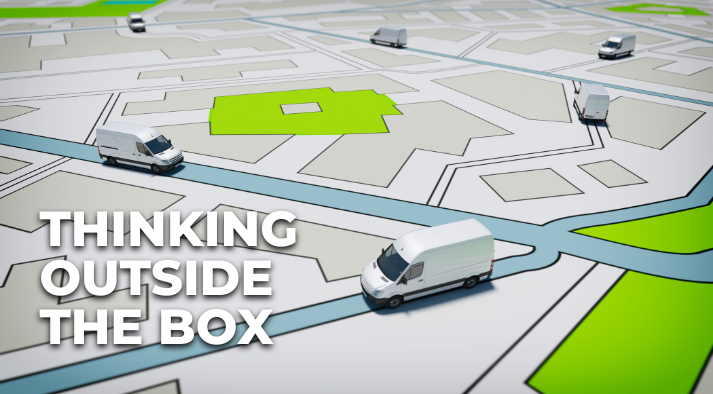



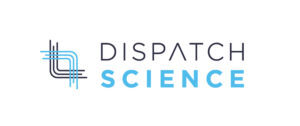 Axelrad: Route optimization has evolved extensively in the past few years. In its early days, it was much more like an independent, stand-alone tool. Today, it’s tightly integrated and embedded into modern transportation management systems.
Axelrad: Route optimization has evolved extensively in the past few years. In its early days, it was much more like an independent, stand-alone tool. Today, it’s tightly integrated and embedded into modern transportation management systems. Axelrad: Today, carriers are using AI to analyze partial photos to detect if there’s damage to a delivery. In this scenario, AI can automatically alert staff and streamline the remediating process for that problem.
Axelrad: Today, carriers are using AI to analyze partial photos to detect if there’s damage to a delivery. In this scenario, AI can automatically alert staff and streamline the remediating process for that problem.